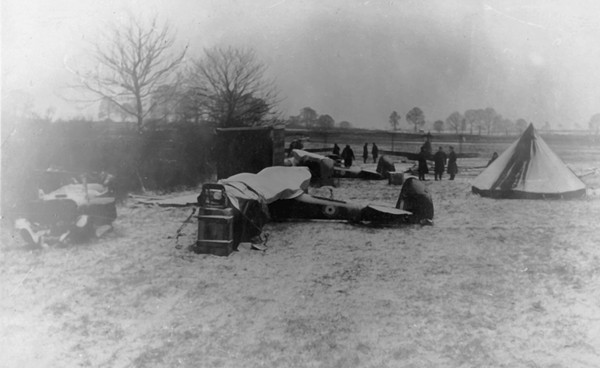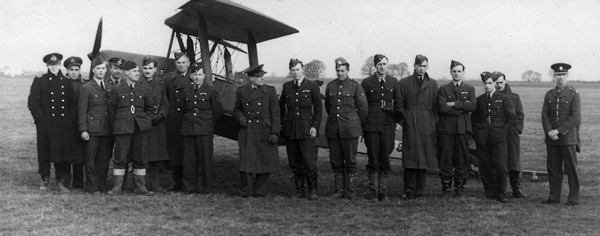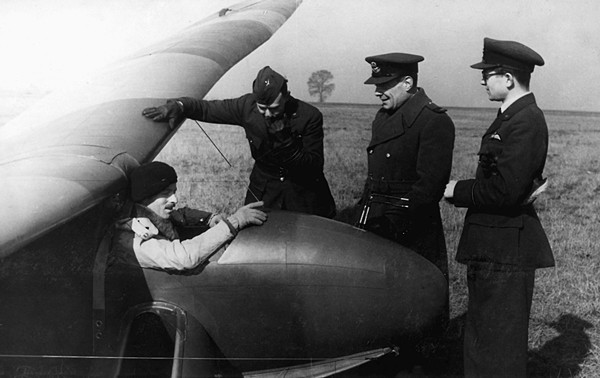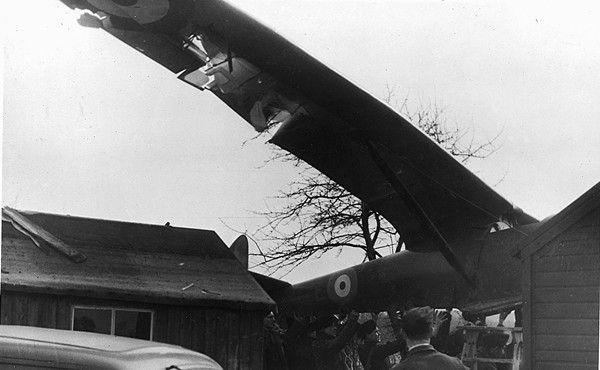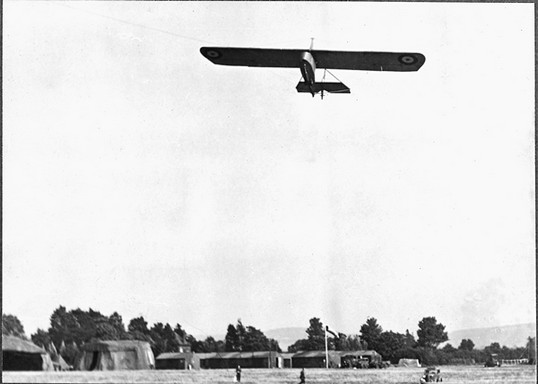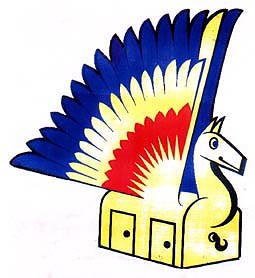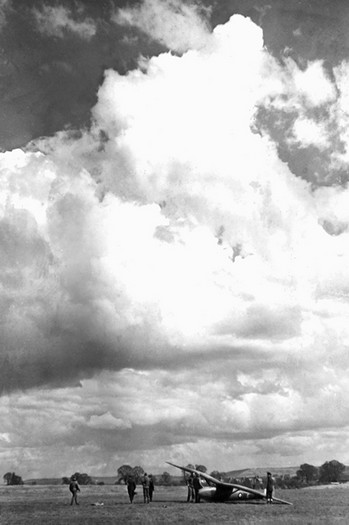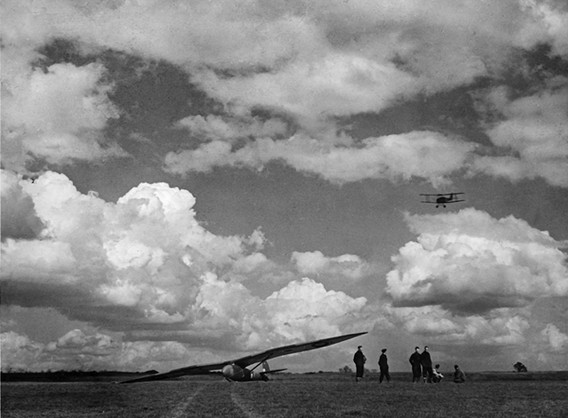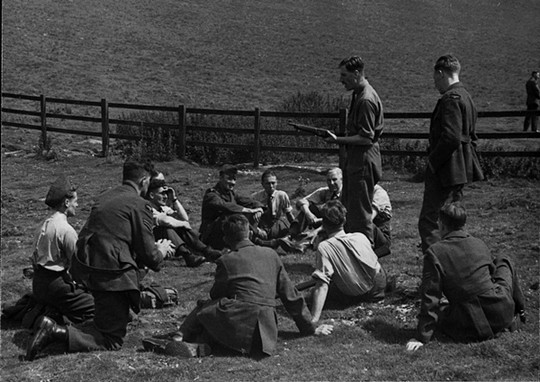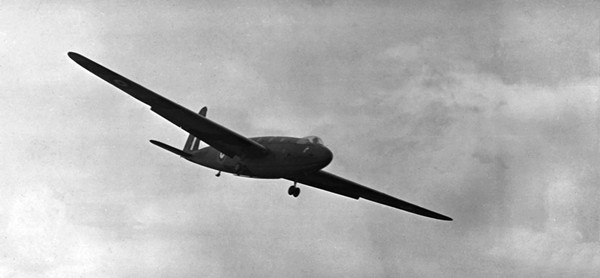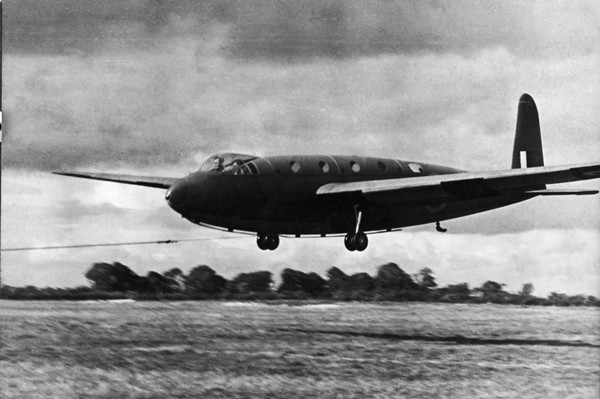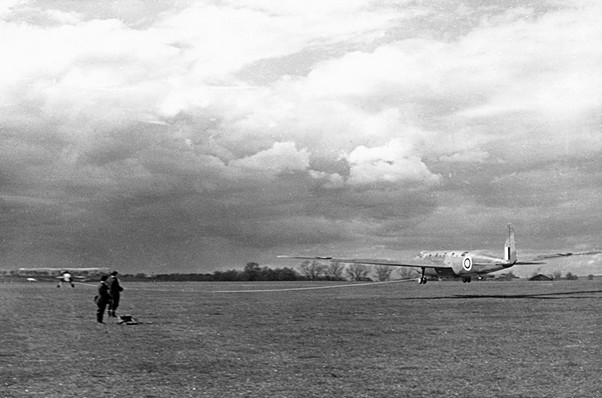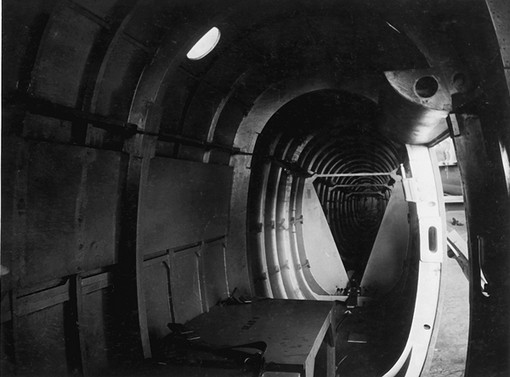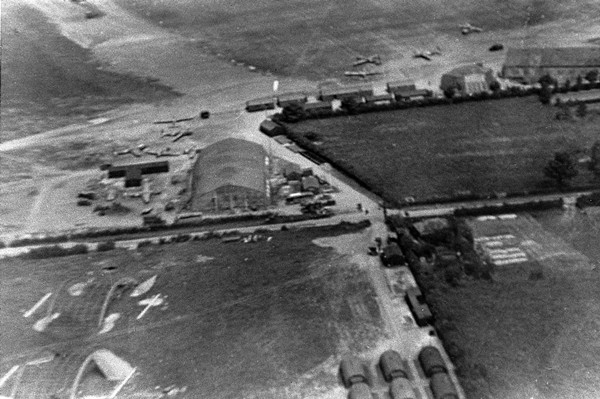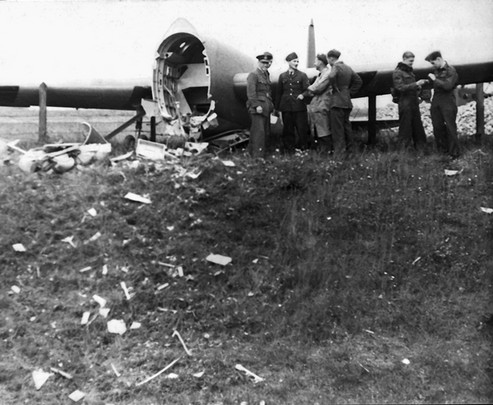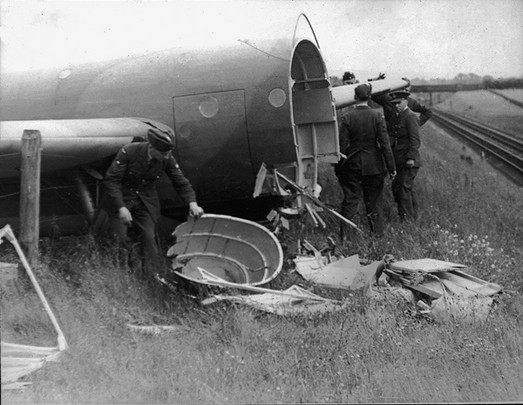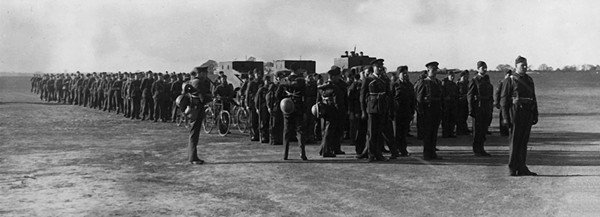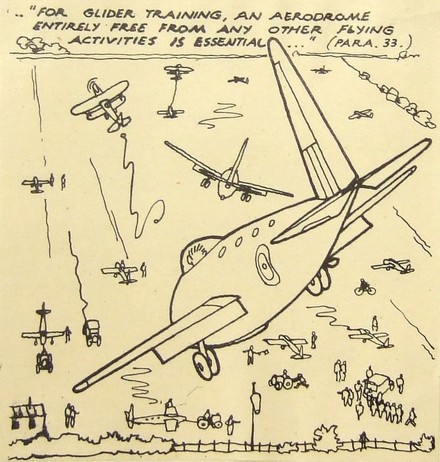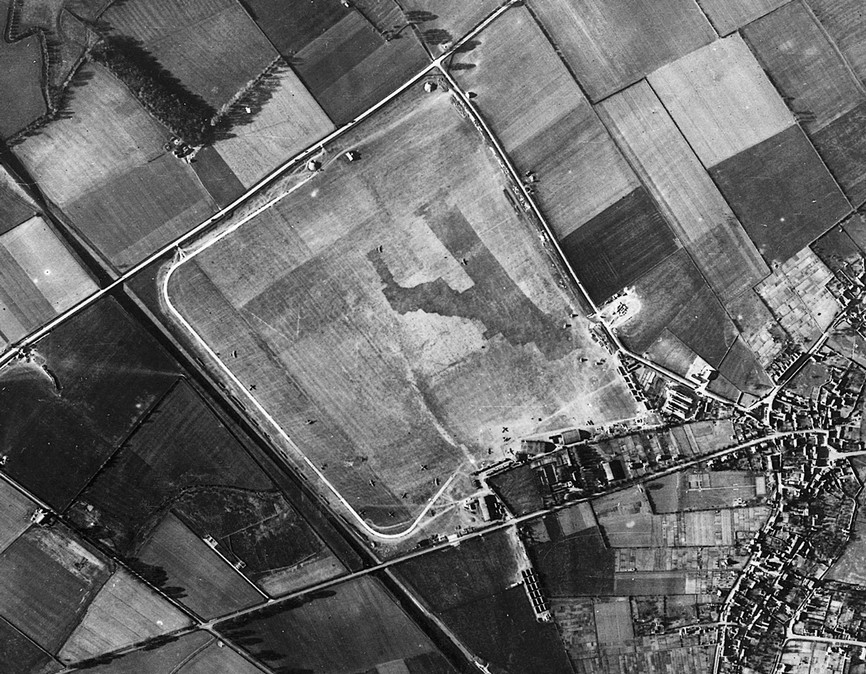When Winston Churchill ordered the formation of ‘airborne forces’ on 17th June 1940, some three months before the Battle of Britain was won remember, I doubt if even he realised just how big things would become. (Within 56 months it was possible to land two complete divisions by air in the space of 63 minutes during Operation Varsity). The first thing to materialise was the Central Landing Establishment at Ringway, now Manchester International Airport, where the initial attempts at military parachuting and gliding began in earnest. Although it must be pointed out here, that there was still little idea of how these forces would be used in reality, details about the German attacks by glider-borne troops on Fort Eben-Emael were still relatively unknown for instance.
The glider part of this set-up had a very meagre start due mainly to
the fact that there just wasn’t any form of troop-carrying glider in
existence in Britain at the time. So the first gliders to be used were
hurriedly impressed from the hangars and trailers of the few pre-war
civilian clubs. The fact that most of the men involved in forming the
gliding section had come from those same clubs just added to the ‘amateur’
feel of things. In fact the first C.O. was Tim Hervey who had been Manager
and CFI of the London Gliding Club before the war. His CFI now was to be
John Saffrey, the Chief Ground Instructor Lawrence Wright both also of
London Gliding Club, ably assisted by Toby Ashwell-Cooke founder and
Chairman of the, yes you’ve guessed it, London Gliding Club!
The first
machines were already at Ringway having taken part in the trials of RDF,
now radar, by the Special Duties Flight led by Mungo Buxton, off the South
coast a few months previously. (See Philip Wills book ‘On Being a Bird’).
They consisted of the great Philip Wills’ Minimoa, a Rhonbussard, a
Condor, a Viking 1 and three Kirby Kites. (You can still see one of these
Kites, the one fitted with wooden control rods instead of metal cables,
usually at Vintage Glider Club rallies where its owner, Peter Underwood,
flies it regularly).
There being few two seat dual control gliders
around for training, experiments were undertaken initially by removing the
propellers from several B.A. Swallows, a fairly common light aircraft, and
using these towed behind a Whitley.
Once things got under way it soon became obvious that the mixture of
parachutists and gliders on the same field wasn’t going to work and so the
glider section which had become known as the Glider Training Squadron
began to look for new accommodation. This in itself was very difficult,
all the large airfields were already being used, obviously, and most of
the fields that were left would be too small for the new troop-carrying
gliders that were on the drawing boards.
Finally the little airfield at
Haddenham was discovered by Tim Hervey and Toby Ashwell-Cooke and it was
decided to move shortly after Christmas 1940.
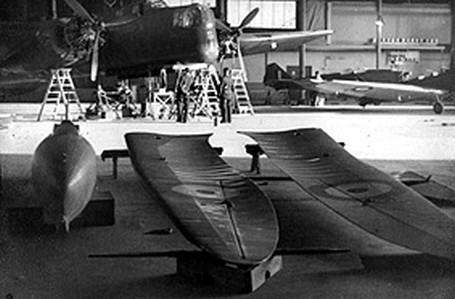
Ringway, 1940. De-rigged Kirby Kite in the foreground with a Whitley bomber behind. In the background are two BA Swallows (without propellers) considered for a while as a means of training glider pilots.
